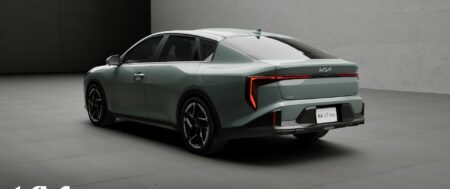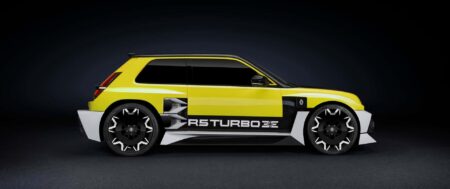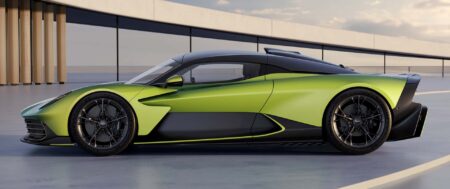The car cooling device is a device that is responsible for cooling the engine in the car. Its method of operation is somewhat complicated, but it is important to avoid an overheating of the engine, which in turn may lead to engine damage when the engine is running. The temperature must rise quickly until the device works efficiently, but when the required degree is reached Any change in temperature, whether above or below the requirement, will not be in the best interest of the engine, will affect its efficiency, fuel consumption and engine life.
The car engine cooling device works to transfer heat from the engine to the coolant, then from the coolant to the fan, which in turn sends it to the outside of the car. There are cars that operate with an air-cooled system only, i.e. without fluids but it is less efficient than other systems
How to make a car engine cooler
When the engine is running, part of the cooling device is closed. This is because the engine at this stage needs heat to reach the point of use, but when the temperature exceeds a certain level, the cooling device works and remains open and closed according to the engine temperature so that it does not exceed and not less than the temperature that was designed to work on.
The first element to cool the car is water, which some may not consider as an element except that it is the basis for the cooling process, as it is the one that transfers heat from the engine to the radiator (radiator), which in turn converts the heat out of the car.
The coolant water has a special formula, it is a mixture of pure water with some additions to protect the engine and the rest of the mechanical parts. The most important thing is the anti-freeze that makes the water liquid even in degrees of cold below zero, because if the water freezes inside the engine, its area expands and presses the parts of the device, and the pump cannot pump it, and the results are disastrous for the engine. Therefore it is not recommended to use tap water as a substitute for motor water.
The second component: the tubes are made of rubber and its main guest is to connect the rest of the elements and transfer the coolant between them.
The third element: is the heat sensor. Its main guest is measuring the temperature and sending the information to the processor so that it can make the necessary adjustments to ensure that the engine operates in the conditions in which it was designed to operate.
The fourth element: It is the water pump connected to the engine and is responsible for the water flow in the whole machine.
The fifth element: the thermostat, which is like a gate that allows water to cross the entire device or some of it. The car, when turned on, the engine temperature is not high enough. In this case, the thermostat is closed and the water inside the engine does not reach the radiator, and it remains closed until the heat exceeds The required level, then the water opens and flows to the entire machine. When the temperature drops, it returns to its normal position and stays open and closed as needed so that the heat remains within the limits that do not harm the engine.
The sixth element: the radiator or radiator, which is made up of small tubes that flow hot water into it. It is usually at the front of the car until it is exposed to the air it cools, so the water inside it will drop.
The seventh element: The last, which is the water tank, which provides water for the device. It is always important to check the water level in it so that it is not required. It is recommended to check it periodically before traveling on long distances. Note that a decrease in water in the tank of the car is harmful to the engine, there are those who put more water above the specified level, meaning that this is in the interest of the engine and the cooling efficiency will be higher, but this has the opposite results, as the excess water will make the cooling system at a high pressure with the escalation of heat, and this may lead to an explosion Radiator, connection tubes or water tank, so it must be kept in mind that the water should always be between the upper and lower levels.






